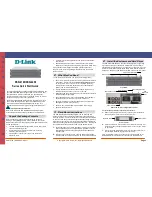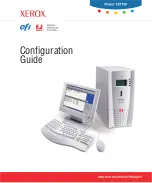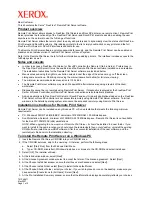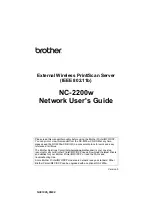
4. General rules and guidelines
General command syntax
The main basic commands in the system, used for displaying and
modifying configuration, of the various elements within the system, are the
view
and
config
.
When using these commands to manage a speicfic device (module or
CPE), the proper indexing information must be provided within the
command. The MetroStar chassis can house up to 12 traffic conveying
modules. Each of these may have 1 to 4 channels. There must also be a
differentitation between the local module’s configuration and that of the
remote CPE, which is connected at the other end of the fiber, to that
channel.
The format for the indexing information is as follows:
view|config <
slot #
> <
channel #
> <
loc|rem
> {
command
modifiers and parameters
}
This format applies to ALL Module and CPE related commands.
Commands that are system related (section 4) are not aimed at a specific
target (slot and channel) and therefore require no indices. The following
command is an example for this case:
view system snmp
This command will display all system SNMP parameters.
Throughout the command reference sections the
show
and
config
keywords are omitted from the command name (e.g.
show system
snmp
will be named
system snmp
). The syntax and example fields in
each command’s table depict the full syntax, including the
show
and/or
config
keywords.
‘view’ commands
Generally speaking , the ‘
view
’ command is used for displaying status
and/or configuration.
This command allows you to look at the configuration and status of a
specific local channel, a specific CPE, or of multiple devices (see wildcard
usage below). Any command that is intended for display (as oposed to
configuration) will start with the ‘
view
’ keyword and use the general
syntax rules as described above.
‘view’ and ‘show’ alternatives
You can use the keyword ‘
show
’ and ‘
view
’ alternately, with the same
result. They will both execute the ‘
view
’ command.
2











































